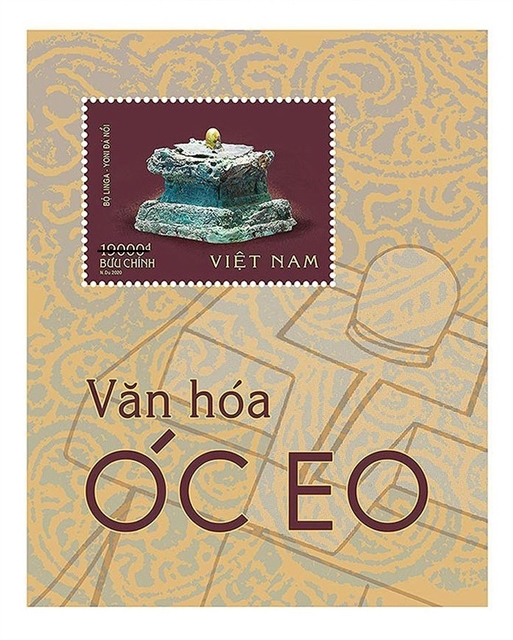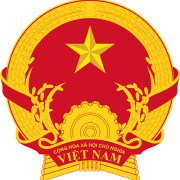The publication of the stamps aims to increase awareness, pride and responsibility of the preservation and promotion of national cultural values, in addition to confirming Việt Nam’s territorial sovereignty over centuries.
The stamps were designed by painter Nguyễn Du in a graphic style, showing the artefacts on a dark brown background that highlight the mysterious beauty of the national treasures.
The collection consists of three designs and one block.
The first design has the image of the statuette of the deity Avalokitesvara. The original statuette is the only one of its kind, representing the sculpture of the Avalokitesvara statuette in the southwestern region of Việt Nam and Óc Eo Culture in the eighth and ninth century.
The second design features the image of the statuette of Buddha. The original statuette is made from Lagerstroemia, showing the image of a Buddha standing on a lotus with a slender figure, ringlet curls, wearing rope and holding the edge of the rope with the left hand while the right hand is in a blessed posture.
The statuette of Buddha originated from the southern province of Long An, also being a unique item and representing the art of carving statues in Óc Eo Culture in the 3rd and 4th century.
The two statuettes were recognised as national treasures in 2013 and are being preserved at the Museum of History of HCM City.
The third stamp features the image of Brahma God, dating from the 6th to 7th century. The original statuette was unearthed during cultivation within Giồng Xoài relic area located to the west of Óc Eo-Ba Thê relic area in Thoại Sơn District, An Giang Province.
Broken from left shoulder to right chest and made of fine sandstone, the statuette is a part of significant archaeological documents at Giồng Xoài relic, reflecting the civilisation of Óc Eo Culture in the region. It is being kept at An Giang Provincial Museum.

The stamp block has the image of Linga-Yoni set that dated back to the 5th-6th century. — Photo ictvietnam.vn
The stamp block has the image of Linga-Yoni set that dates back to the 5th-6th century. The original version consists of three parts attached together, with the linga part made of gold attached to the centre of the upper surface of the bronze base block. As an item of Indian culture in the southern region and Southeast Asia, the artefact was recognised as a national treasure in 2018 and is also being preserved at An Giang Provincial Museum.
The stamp collection is issued on the public postal network from August 20, 2020, to June 30, 2022.
The Óc Eo Culture of the ancient kingdom of Phù Nam was first discovered in 1944 via artefacts exploited within the sites of Ba Thê Mountain, now in Óc Eo Town, Thoại Sơn District in An Giang Province.
Scientific research has unravelled a brilliant culture with a system of dense monuments on a large scale with a variety of artefacts, diverse in types and high levels of technique, aesthetics, arts, and interactivity with major cultural centres at that time.
Artifacts of Óc Eo Culture are valued as significant historical documents and evidence of a prosperous culture in the history of Việt Nam.
